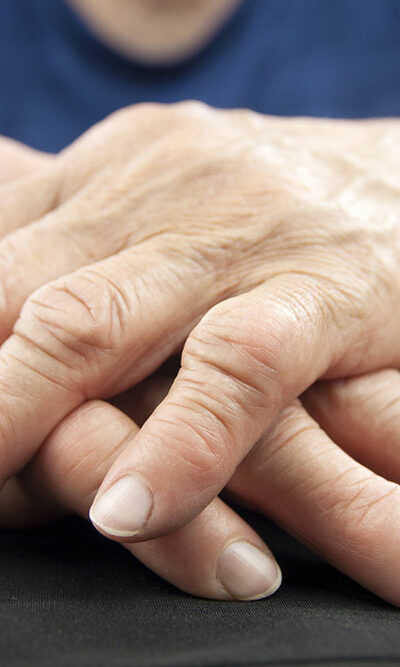
Treatment Options for Enlarged Prostate
When the prostate cells divide and multiply abnormally, it causes the organ to get enlarged in size. The benign prostatic enlargement (BPE) is also known as benign prostatic hyperplasia or BPH. A person, who is affected by enlarged prostate experiences difficulties in the urinal and sexual activities. These issues may decrease the affected person’s overall quality of life. Various enlarged prostate treatment options are available which include medications, lifestyle changes, natural remedies, and in critical cases, surgery. Well, before taking any kind of medication, it is always advisable to consult a medical expert. Here is a list of some of the natural ways along with some healthy lifestyle changes that can help to ease the enlarged prostate symptoms. Lifestyle changes The following lifestyle tips are a major part of the prostate enlargement treatment: Eating fruits and such foods that are rich in fiber will help you in avoiding constipation. Constipation can put extra pressure on your bladder and can worsen the enlarged prostate symptoms. It is better not to go to sleep with a full bladder. Hence, you should avoid drinking fluids 1 or 2 hours prior to your bedtime. Make a habit of drinking at least 2 liters of water on a regular basis. Also, as much as you need to stay hydrated, make sure not to drink too much water at one go. Having regular exercise is another important part of the treatment of enlarged prostate. You should learn how to maintain a healthy body weight. Double voiding can help you in dealing with this condition. While visiting the bathroom, after urinating once, try to urinate again after a few minutes just to drain the bladder as much as you can. You can use absorbent urinary pants or pads that can absorb the urine leaks. It will also help to reduce the discomfort caused by wetness.










